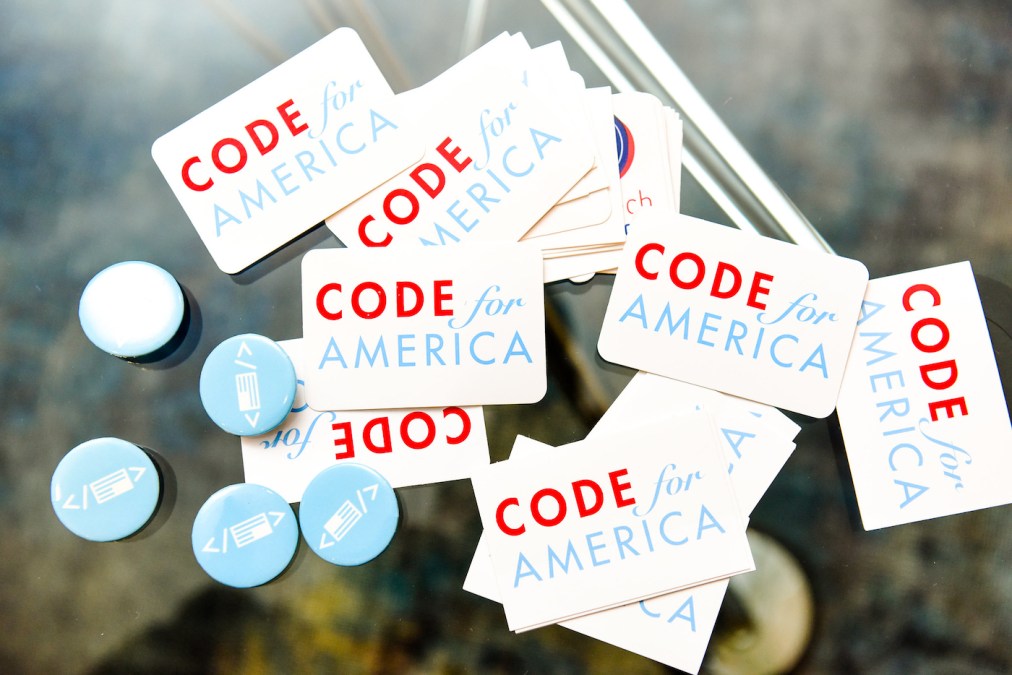Code for America’s ‘Safety Net Innovation Lab’ names first 4 states

The digital-services nonprofit group Code for America announced Wednesday the first four states that will work with its newly established Safety Net Innovation Lab. Social-services agencies in California, Colorado, Connecticut and Louisiana will work with the group on revamping the systems they use to deliver nutrition assistance and other benefits.
A fifth state will be announced later this summer, the group said.
The group of states focusing on nutrition assistance comprises the what Code for America said is the first of three cohorts that will benefit from the new lab, which was launched last month after the organization landed $100 million in new contributions from from The Audacious Project, the philanthropic arm of TED Conferences, and Blue Meridian Partners, a philanthropic investment fund.
“Today represents a major milestone on our journey to transform America’s safety net and make public benefits more accessible and equitable for all,” Code for America CEO Amanda Renteria said in a press release.
In California, Code for America’s engineers and product managers will work with the Department of Social Services to apply lessons of GetCalFresh, a longstanding partnership between the group and the state to deliver Supplemental Nutrition Assistance Program payments, to other benefits that can be applied for online. Code for America said it will also expand focus on getting SNAP payments to non-English speakers.
The group said agencies in Connecticut and Louisiana will also work with the Safety Net Innovation Lab to streamline their SNAP systems with new digital tools, while the work in Colorado will focus on improving the state’s Benefits Management System, a three-year-old integrated application platform for food assistance, cash benefits, Medicaid, child care and other programs.
Code for America said the partnerships will play out over three phases: an initial study period to measure the potential impact of new digital services, a design and development stage lasting between 12 and 18 months and a six- to nine-month phase in which new products are handed off to state officials or a vendor.






